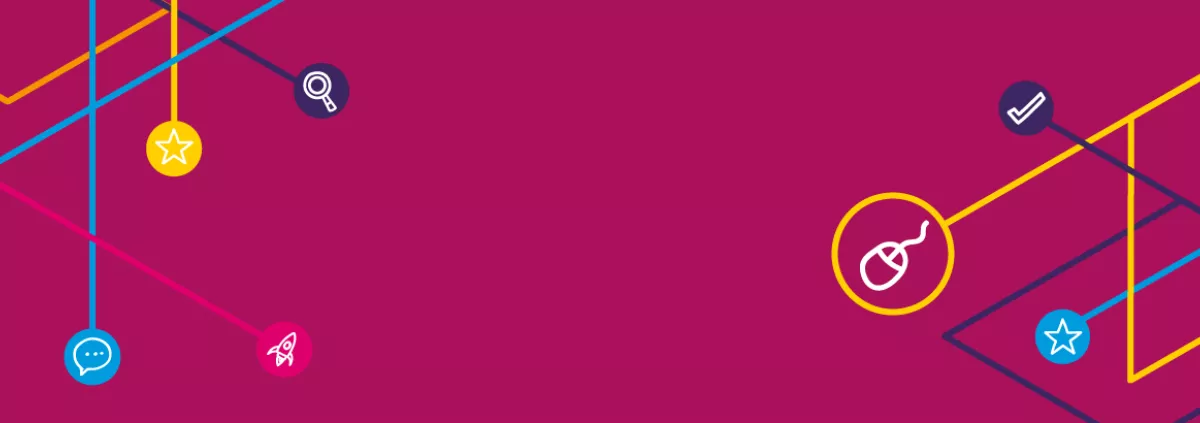The ETF’s Creating New Learning initiative aims to identify solutions that could be applied to boost innovation in vocational teaching and learning in different national contexts. Innovation in teaching and learning means introducing new processes, resources, approaches or relations into teaching and learning in order to achieve better learning outcomes. Recently, innovation has become a kind of “buzz” word that is used to indicate the introduction of something new. However, we should be careful not to name all kind of changes made ‘innovation’. For example, during the previous year and a half of the COVID pandemic, education was forced to move online. Does this imply that educational innovation was happening everywhere? Using new technologies does not necessarily imply innovation. Transferring instructional materials into digital format and making them accessible online is not an innovation of the instructional process.
During my research to identify promising innovative practices for the Creating New Learning research, when I asked practices what innovations are your using, I was receiving answers mostly about usage of IT. In many practices they start by emphasising the use of IT even if they have new pedagogical approach or learning activities introduced. By sharing good examples of innovative teaching and learning practices, we should look beyond the introduction of IT. IT can support innovation in teaching and learning, but innovation in teaching and learning is not limited to the introduction of IT.
A good example of teaching and learning that does not rely on technology is the example of Ukrainian Agrarian Lyceum (UAL). UAL has a unique approach to their students’ guidance, tutoring offering a personalised learning experience. At the beginning of higher secondary education, UAL students are attending a career guidance programme where they discuss and select what they want to study in the following period. Each student, based on own preferences and with the support of a tutor, creates a personal plan. Throughout the academic year, tutors are working with students on a personal basis to support their learning and help them to overcome any barriers or problems. That this approach is attractive is proven by the increased number of students interested in studying at UAL.
On the other hand, a good example of innovation where IT is used as a tool, is the work of a Moldavian NGO Tekwill. They have used the concept of the flipped classroom. Teaching and learning materials that are usually used during a lecture have been prepared in advance and put online to allow students to access them at their own pace and time. Instead of the teachers explaining the materials during the class, they ask the students to study the materials at home. This way they have time to work on assignments, group discussions, simulations, etc. during the time spend in the classroom. Thus, exactly the other way around than what we were used to. The interest and students’ motivation to learn with this approach has been reported as very high.
I have come across other numerous different examples of innovative and not so innovative practices in teaching and learning during my research. I have realised that we need to clarify what we are considering and calling innovation in teaching and learning. A certain change might seem innovative for a group of teachers and students, yet it may be routine learning / teaching for other groups of teachers and students. Therefore, it is important to share our experiences and learn from experiences of others. Once we are aware of new ways of teaching and learning in other environments, we may use them to create an innovative approach in our own teaching and learning context. An innovative approach that meets our needs and, most importantly, the needs of our students. To conclude, we might use IT to support these innovations, but it is not a precondition for innovation. More importantly is that the innovation, with or without IT, result in better learning experiences and learning outcomes.

Dear Vitaly, Let me give an example of recording a lecture as a video and putting it online. It is not changing at all the teaching and learning process. Just it is delivered with the help of technology. For me it is not an innovation of teaching and learning. It can maybe be an innovation of delivery of teaching and learning. However, I am more concerned about innovation of teaching and learning, and not the delivery conduit.
I hope that other members can join us with sharing their ideas about innovations of teaching and learning.
OK, so you divide pedagogy from the learning environment in your message, articulating just teaching and learning, thank you
I like this discussion, if we record a lecture instead of having the lecture face to face, we could call it innovation if innovation equals introducing something new.....Within CNL we have not formulated a formal definition on what innovation is, but what we emphasise in our discourse is that an innovation should result in better learning experiences and learning outcomes. Maybe sometimes innovation or being innovative is becoming too much a goal in itself?